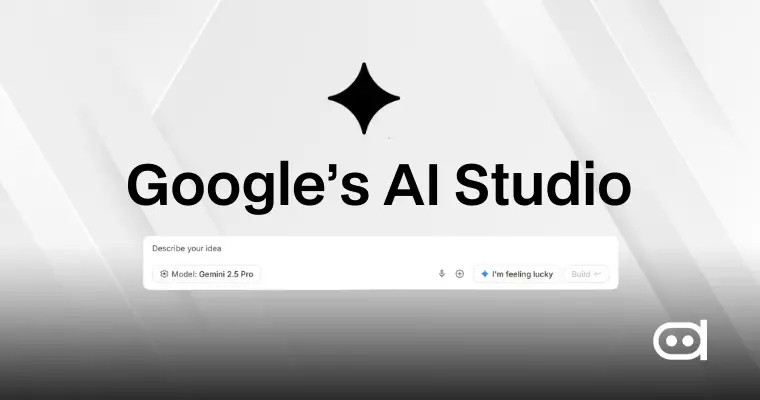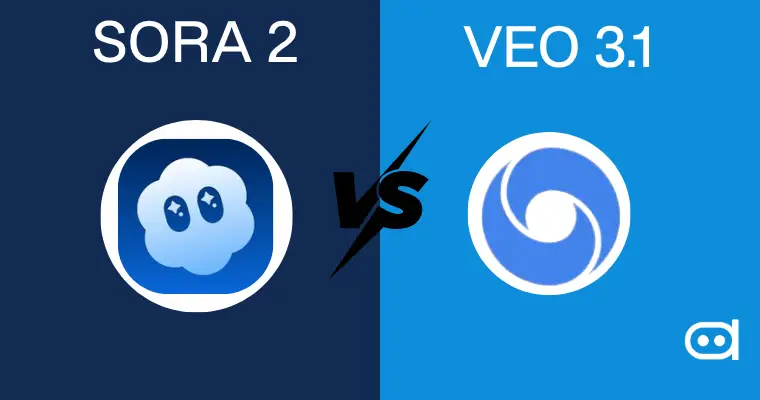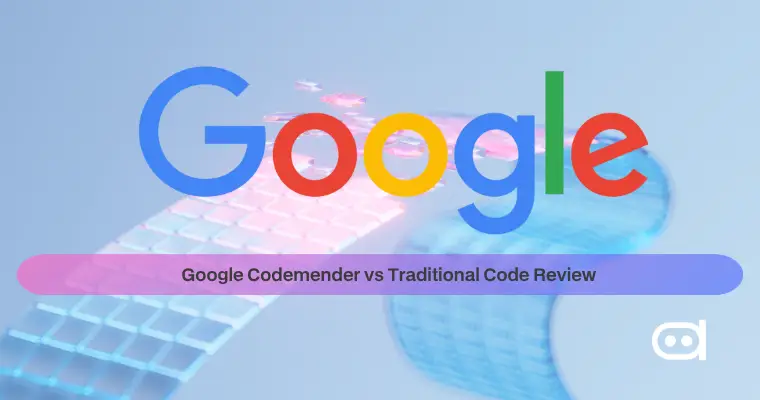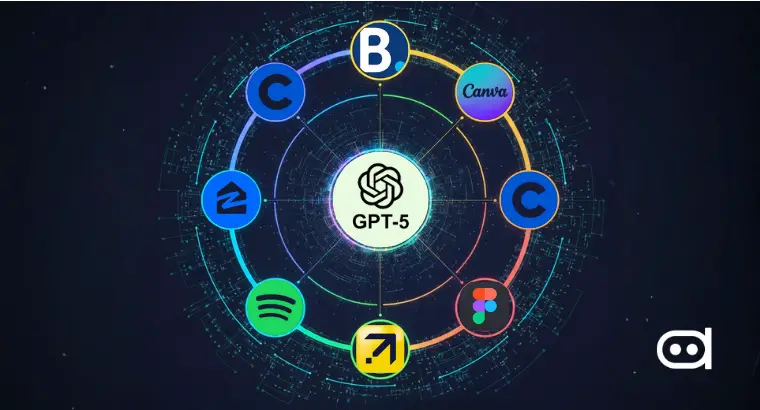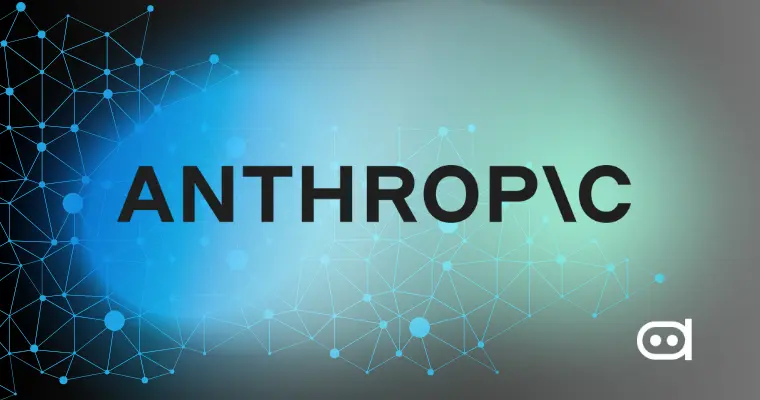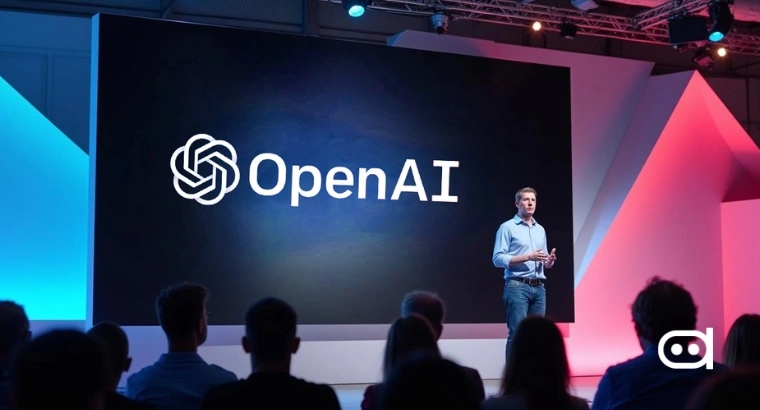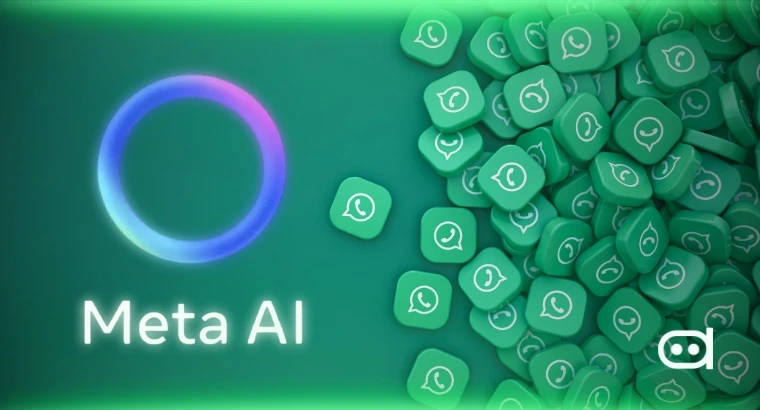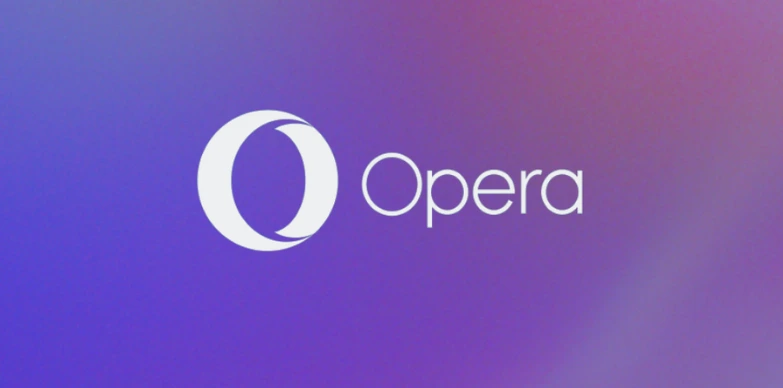
AI bot traffic has enabled channels to make money, where modern algorithms help create complex user interactions. LLMs (Large Language Model) like Gemini and ChatGPT, as well as web crawlers and scrapers, are the newest developments in the AI field that have great power to convert chatbots from something completely algorithmic to frameworks. This setup can help monetize bot traffic and respond to user questions most realistically. Generative AI models have led to the popularity of non-human traffic. Businesses are using these sophisticated AI bots to make money in this industry. This article will discuss everything about making money with bots powered by AI.
What Is AI Bot Traffic?
Before you start to monetize web traffic from bots, it is important to understand the difference between good bots and bad bots. Now, why would anyone create a bad bot? Let’s understand what this classification means by their intent.
Bots tend to vary significantly in terms of complexity and they cannot be classified on the basis of their complexities. Hence, it is better to classify them on the basis of their intent.
So, what makes a bot good? Good bots like Googlebot and ChatGPT crawlers perform helpful and useful tasks for website visitors or companies, and it is not developed with any bad intention.
On the other hand, a bad bot, such as scrapers or spam bots, is programmed to perform tasks that hurt website visitors and companies. So, they are essentially developed with bad intentions and can worsen the user experience of the websites where they crawl. They are typically developed by fraudsters, cybercriminals, or individuals engaged in illegal activities. They can also be created by rivals who wish to destroy their competition.
To find out any bad AI bot crawling a website, one can analyze bot behavior patterns and use analytics tools to trace traffic sources and identify inconsistencies in user activity. Look for high bounce rates, abnormal session durations, and unusual spikes to identify bot traffic visiting your website.
How AI Bot Traffic Impacts Website Performance and Analytics
- Increased page views and traffic – but no conversions
AI bot traffic skews website analytics and causes issues with website performance, but gives you more page views and more perceived traffic. AI bot traffic does correlate to enhanced metrics like session duration and page views, but decreases conversion rates, as these entities do not actually perform any real actions on the website. So, an increase in page views and session duration may seem like a positive effect but it is actually hurting the performance of the website.
- Skewed analytics: bounce rates, average session time
As noted above, AI bot traffic can greatly increase bounce rates and average session time, which can result in misleading insights into marketing performance and user behavior. Such skewed data can be misleading for the website owners. Those who rely on these metrics are thus more likely to make poor decisions about marketing, content, and staff resources.
- Resource strain on server bandwidth
Website traffic generated by AI bots can have substantial effects on your website bandwidth and misrepresent your analytics data. AI bots crawling can increase strain on server bandwidth and resources. This can lead to slowing down of the website, the cost of hosting may increase and can even cause website downtime. Subsequently, the skewed website analytics alter the perception of relevant user behavior necessary for effective business decisions.
- SEO impact (positive and negative)
Based on the purpose of the AI bot traffic, websites can experience both positive and negative impacts. Increased bot traffic can have a significant impact on the SEO of the website. Increased bot activity can promote content indexing and improve content visibility, but can also create inflated metrics, making it difficult to assess user behavior and website performance. Bots can be helpful tools for spreading content over many networks, growing awareness or knowledge, or driving traffic to the website, but on the downside, the website’s poor performance due to bot traffic can lead to a poor user experience.
- Indexing vs. content scraping vs. AI training
The use of AI bot traffic can be beneficial if you are using search engine indexing, but other types of traffic, such as content scraping, as well as AI training data collection, can damage the performance of the website and skew analytics. It is, therefore, important to understand the different types of traffic and leverage the right mitigation strategies to keep the website fast loading and well-performing.
Monetizing AI Bot Traffic in 2025
Ad Revenue and Bot Traffic
Ad networks such as Google AdSense do not pay publishers for bot traffic because it deceptively increases ad impressions as well as clicks and is often considered as invalid traffic. If a publisher generates invalid traffic, irrespective of whether it was their fault for clicking on their ad or artificial traffic introduced by the bot, they risk having their account terminated or suspended entirely. CPM (Cost Per Mille) and CTR (Click-Through Rate) are the key metrics affected by AI bot traffic. On the flip side, AI bot interactions allow users and AI-supported chatbots to interact, so that they can facilitate assistance and complete tasks. Although CPM/CTR models are used for the delivery and optimization of advertising campaigns, AI bot interactions tend to be more focused on improving consumer interaction and experience.
Data Monetization from Bots
Several other options include utilizing gated content, paywalls, and licensing agreements to control access and monetize content, predominantly in the context of AI training. OpenAI has entered into several deals with publishers to obtain permission to use content. This content will then be used for training AI bots. In this way, OpenAI is acquiring valuable data and providing a new revenue model to the publishers.
Blocking AI bots is all about control, and businesses use this for valid reasons like competitive pressure, allowing future partnerships, and for more visibility. However, for content access, platforms are now experimenting by charging bots. In this setup, the companies nowadays charge the AI bots first and then allow them to scrape the website.
Content Syndication and Licensing as an Indirect Income
There are marketplaces in AI bot traffic monetization, where people and organizations can buy, sell, or trade data sets that are pre-built for AI training models.
Content APIs and AI-Safe licensing are parallel but distinct concepts. Content API are tools that are used to access data. This data then can be used in various ways by other applications and softwares. On the other hand, AI-safe licensing makes sure that the data that is being used by the AI systems is handled in a safe, responsible, and ethical manner.
Partnerships and Licensing Agreements
Among the global partnerships and licensing agreements, Reddit makes an excellent real-world example that charges fees for API access to bots. In the beginning, Reddit allowed free use of their API, and commercial accounts. However, the platform now charges for access, especially for large use cases such as massive extraction of data for AI companies.
OpenAI and Perplexity are also worth mentioning. OpenAI pays its partner publishers a flat-rate licensing fee instead of a cut of revenue, while Perplexity pays a double-digit cut of revenue. A study was conducted by the News/Media Alliance, which found that 57% of U.S. adults support compensating media publishers whose content is being used to train AI systems.
Additionally, custom content APIs have also become streams for earning AI bot money for companies. It allows organizations to customize and control the content exchanged between software applications. This allows delivery of dynamic content while making sure there is enough control on how the content is distributed, accessed and monetized across various platforms.
How to Track and Manage AI Bot Traffic
To make money from AI bot traffic, one needs to know how to track and manage it. Tracking tools can be used that are categorized into three types – web analytics platforms, bot detection systems, and SEO tools. Google Analytics 4, Cloudflare, and bot detection plug-ins like Ahrefs are some of the examples that can be used to identify and thwart bad-bot traffic.
Additionally, AI crawlers need to be identified by checking the user-agent string and understanding their traffic patterns. A robots.txt file can be used to instruct bots or web crawlers as to which parts of a website they may access. This file is generally located in the root directory of the website. If you want a chatbot to earn money, leveraging AI tools to make money such as multipurpose chatbots can also be used to promote affiliate marketing and product recommendations.
When (and Why) You Should Block AI Bots
Blocking AI bots may be necessary, especially if they violate intellectual property rights, overburden servers, or contribute unwanted bot traffic and crawl to an organization’s monetization efforts.
Action can be taken to block unwanted AI bots using IP blocklists, Web Application Firewalls (WAFs), or robots.txt files. So, when should you block AI bots?
- If your content is being scraped without credit – AI bots can simply crawl or scrape content, without acknowledging copyright or credit, and that can hurt the creator’s credibility.
- If there is high server load – When AI bots crawl thousands, or even millions, of webpages, they can put lots of pressure on server resources, the organization may have a slow-performing website, or worse, the website might face downtime.
- If monetization is hurt by non-human traffic – AI bots can distort web analytics by crawling large amounts of content and creating non-human traffic. This can distort conversions, accounting, and ad revenue.
Summing Up
Now, let’s summarize this matter – can AI bot traffic be monetized? AI bot traffic does not make revenue, but it can produce indirect revenue if the AI bots are managed properly.
If you are to manage your AI bots, customer service bots for example, in the most efficient way possible, it can create efficiencies, improve user satisfaction, lower costs, which will in turn help in sustaining the growth of the overall business indirectly.
Future trends show an increase in advanced AI bots performing even more complicated tasks, but this would require higher-level management. Risks, like scraping and responsible usage, are associated with AI bot traffic that need to be reduced to make money from AI bots.

